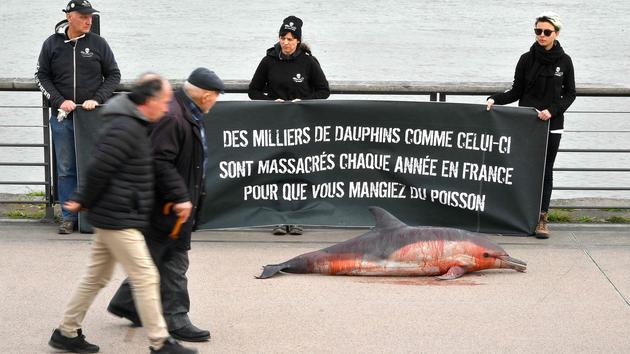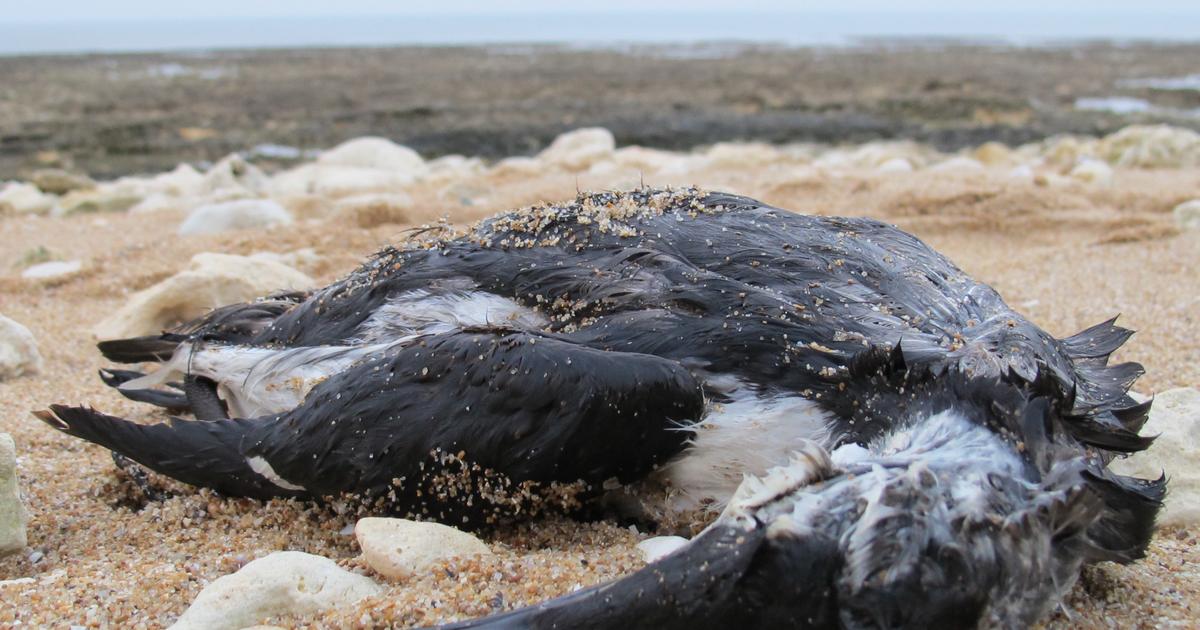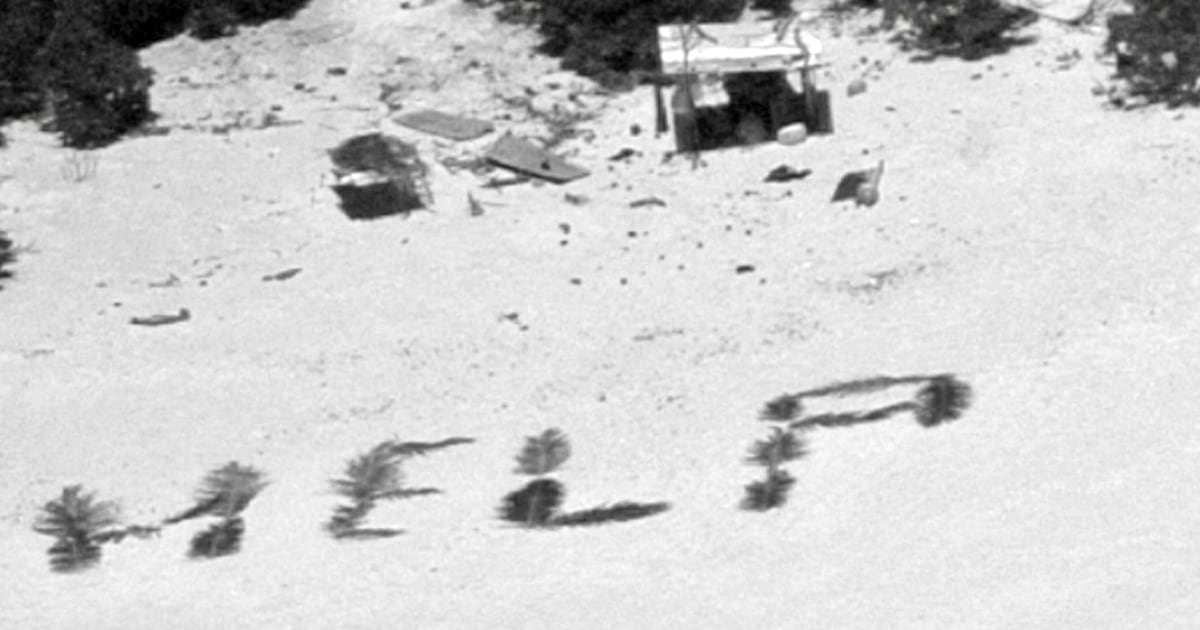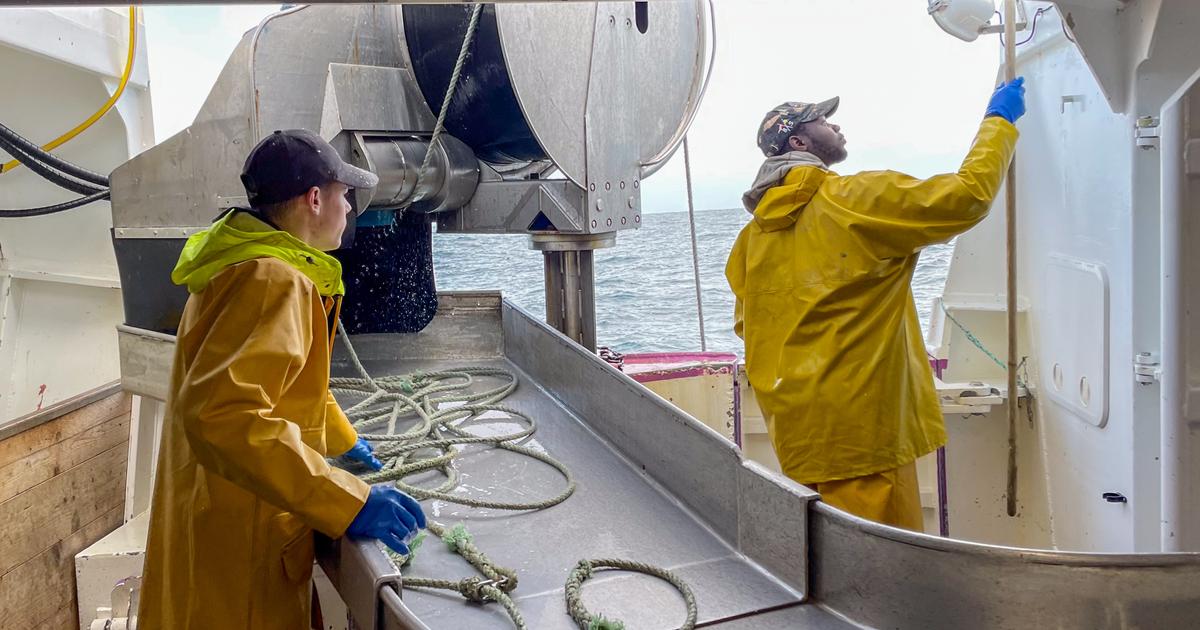The stranding of small cetaceans along the Atlantic coast has never been as numerous as at the beginning of 2020. Since January 1, 600 corpses of dolphins or porpoises have been found dead on coastal beaches and reported at the Pelagis Observatory, which collects information on the conservation of populations of mammals and seabirds. "This is a record since the implementation of monitoring of dolphin strandings thirty years ago," comments Hélène Peltier, biologist and researcher at the observatory located in La Rochelle, who published this figure on Monday 18 February. The vast majority of carcasses show signs of accidental capture in a fishing net or trawl.
Read also: Dolphins, collateral victims of fishing in the Bay of Biscay
This rate, which must still be consolidated after examination of cetaceans by members of the national stranding network, is all the more worrying since it is recorded at the same time as measures intended to reduce accidental catches are applied. Since January 1, pelagic trawlers (which catch a family of fish moving in schools between the bottom and the surface, such as sardines, bass or hake) must be equipped with "pingers", sound repellents aimed at keeping the dolphins. “This device is not 100% effective , analyzes Lamya Essemlali, president of the association for the protection of the oceans Sea Shepherd France. In any event, it currently only concerns around fifteen fishing gear, which is insufficient. Several hundred boats, each authorized to pull 100 km of net per day, are not affected ... "
In 2019, 1,200 small cetaceans were found dead on beaches on the Atlantic coast. But this assessment does not take into account the animals whose corpses have disappeared at sea. In total, the Pélagis observatory estimates 11,300 dolphin deaths in the Bay of Biscay last year, out of a population of around 200,000 individuals. A mortality rate due to humans considered to be too high for the species to remain viable.
Only seven incidental catches reported
The causes of the increase in incidental catches in recent years are largely mysterious. Since January, the dolphins seem to approach the coasts to follow their food, and consequently frequent the same zones as the fishermen, underlines Hélène Peltier (Observatory Pélagis). "Certain changes in practice, such as the recent intensification of the hake fishery, may explain the increase in collateral catches , " she adds.
The association Sea Shepherd France calls for launching research to see more clearly: "It is urgent to embed camera systems on boats to document the nature of accidental catches ," says Lamya Essemlali. Last year, only seven cetacean catches were declared by fishermen, even though it is a legal obligation! ” To put an end to the massacre, the association advocates a ban on fishing in certain areas and at certain periods, as well as the closure of "too deleterious" fisheries.
For the moment the common dolphin is not threatened in the Bay of Biscay, but Hélène Peltier warns: "As with all species that live long and whose reproduction rate is slow, it will be very difficult to go back one once the decline begins. "















